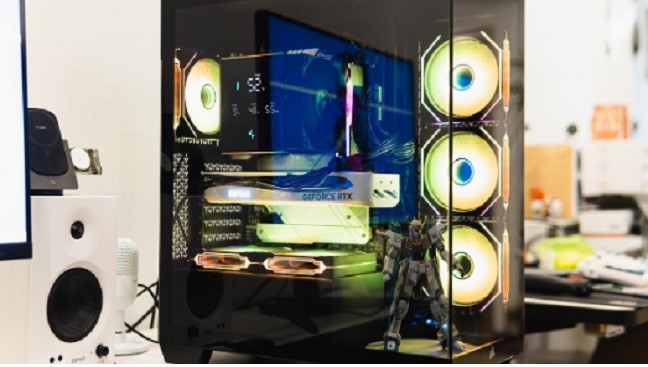In the global semiconductor image sensor (CIS) market, Sony has maintained a dominant position with its deep technology accumulation and extensive market share. However, Samsung Electronics has not stopped catching up. Recently, it was announced that Samsung is building a new CIS Image Quality Lab, a move that not only demonstrates its determination to challenge Sony, but also reflects its strategic positioning to respond to the growing demand of the global CIS market.
Samsung's ambition: to challenge Sony's market position
This action by Samsung Electronics is a direct response to Sony's long-standing dominance in the field of image sensors. According to Techno Systems Research, Sony's image sensor revenue in 2023 accounted for 52.7% of the global market, far exceeding Samsung's 13.7%. Such a significant gap has undoubtedly stimulated Samsung's fighting spirit and made it more determined to catch up in the CIS field.
As the demand for high-quality image sensors in smartphones, security surveillance, automotive, and industrial applications continues to rise, so do the expectations for CIS. This presents an opportunity for Samsung to challenge Sony, especially in terms of technological innovation and market responsiveness. Samsung's strategic goal is to close the gap with Sony by establishing new laboratories and improving its technological capabilities.
CIS Image Quality Lab: Samsung's technological innovation
Samsung Electronics' CIS Image Quality Lab, established in its System LSI Division, will build a multi-functional studio to simulate various shooting scenarios such as neon lights, night scenes, close-ups, and moonlight. The establishment of this laboratory is not only an important step in technological innovation, but also a reflection of Samsung's response to market demand.
In this lab, Samsung will be able to conduct more in-depth research and testing on key technologies such as high frequency, high resolution, and high dynamic range. By simulating different shooting environments, Samsung was able to more precisely optimize its CIS products to meet the changing needs of the market. This lab will be an important cornerstone for Samsung's technological breakthroughs in the field of CIS.

Figure: Samsung built the CIS Imaging Lab
The dual challenges of technology and market
Despite Samsung's continuous progress in CIS technology, it is not easy to challenge Sony's market position. Sony not only has obvious advantages in technology accumulation, but also its brand influence and customer loyalty should not be underestimated. Especially in the high-end market, consumers' choice of image sensors is often influenced by the brand, and Sony has won many loyal users with its long-term market performance and technical reputation.
In addition, the global CIS market is becoming increasingly competitive, especially the rise of Chinese companies, such as Huawei and HiSilicon, which are also actively deploying in the CIS field in an attempt to get a piece of the pie. Not only are they constantly catching up in technology, but they are also putting pressure on Samsung and Sony in terms of price. Therefore, when Samsung challenges Sony, it must face both technical and market challenges.
Samsung's strategic layout: from the lab to the market
Samsung Electronics' new laboratory and its continued investment in CIS technology marks a key step in enhancing its competitiveness in the global CIS market. Through the construction of the laboratory, Samsung will be able to test and optimize its CIS products more accurately, and in turn, introduce solutions that are more in line with market needs.
In the future, Samsung's strategic layout not only reflects the importance of technological innovation, but also demonstrates its keen insight into market changes. Through this lab, Samsung hopes to enhance interaction and feedback with customers, so as to be closer to the needs of the market in the process of technology development. This strategy will not only help Samsung improve the quality of its products, but also gain more market share.
Conclusion: Samsung's catch-up with the market's expectations
Samsung Electronics' CIS Image Quality Lab is an important step in its challenge to Sony's hegemony. With the continuous advancement of technology and the gradual maturity of the market, Samsung is expected to occupy a more important position in the global CIS market. Consumers and the industry are also looking to Samsung for a higher-quality imaging experience, and for market competition to lead to more innovations and breakthroughs.
In the future market competition, Samsung needs to continuously improve its technology research and development capabilities and flexibly respond to market changes. What consumers want to see is not only product upgrades, but also improvements in the overall imaging experience. Technological advancements are intertwined with market expectations, prompting Samsung to continue to explore and innovate in the field of image sensors.
In short, Samsung's ambitions in the CIS field are a microcosm of the increasingly competitive global semiconductor market. In this era full of opportunities and challenges, how to find a balance between technological innovation and market layout will determine whether Samsung can successfully counterattack and challenge Sony's hegemony. With Samsung's continuous efforts, we have reason to believe that the CIS market will usher in more competition and changes in the future.






